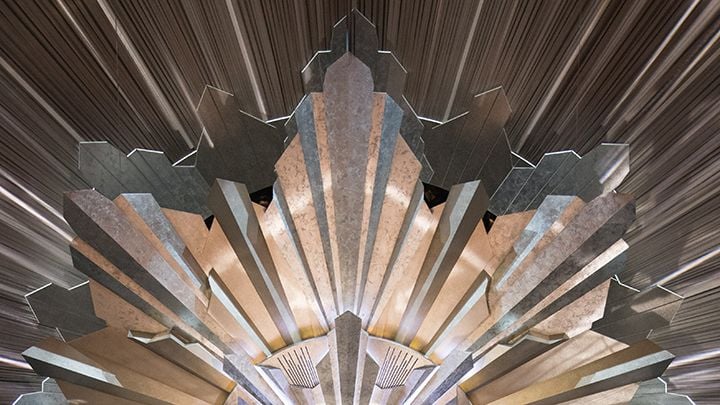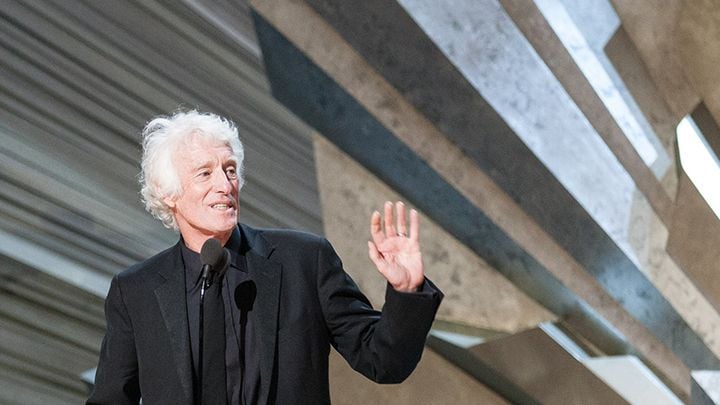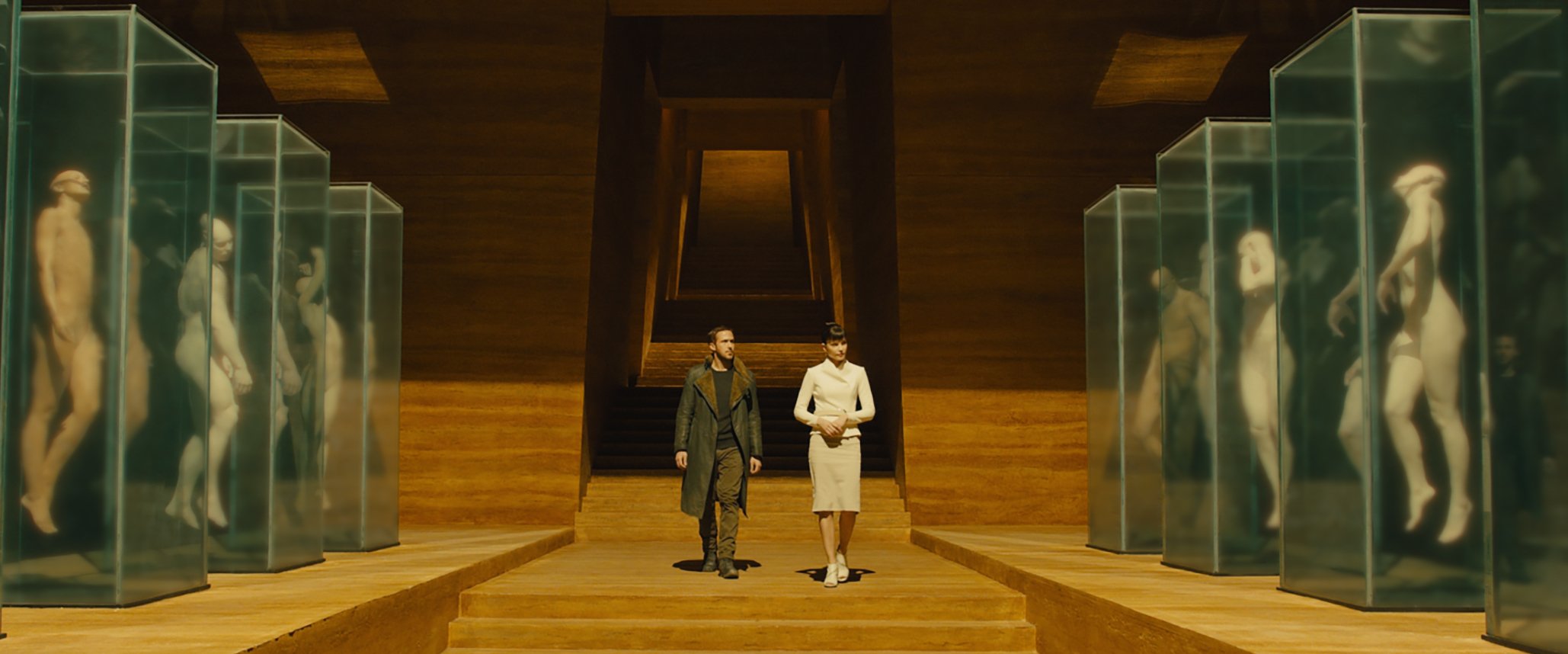
Dive Deeper into Blade Runner 2049 with Roger Deakins, ASC, BSC
In honor of Roger Deakins, ASC, BSC earning the ASC Award, Oscar and BAFTA Award for Blade Runner 2049, here’s our complete archive of content about the production.
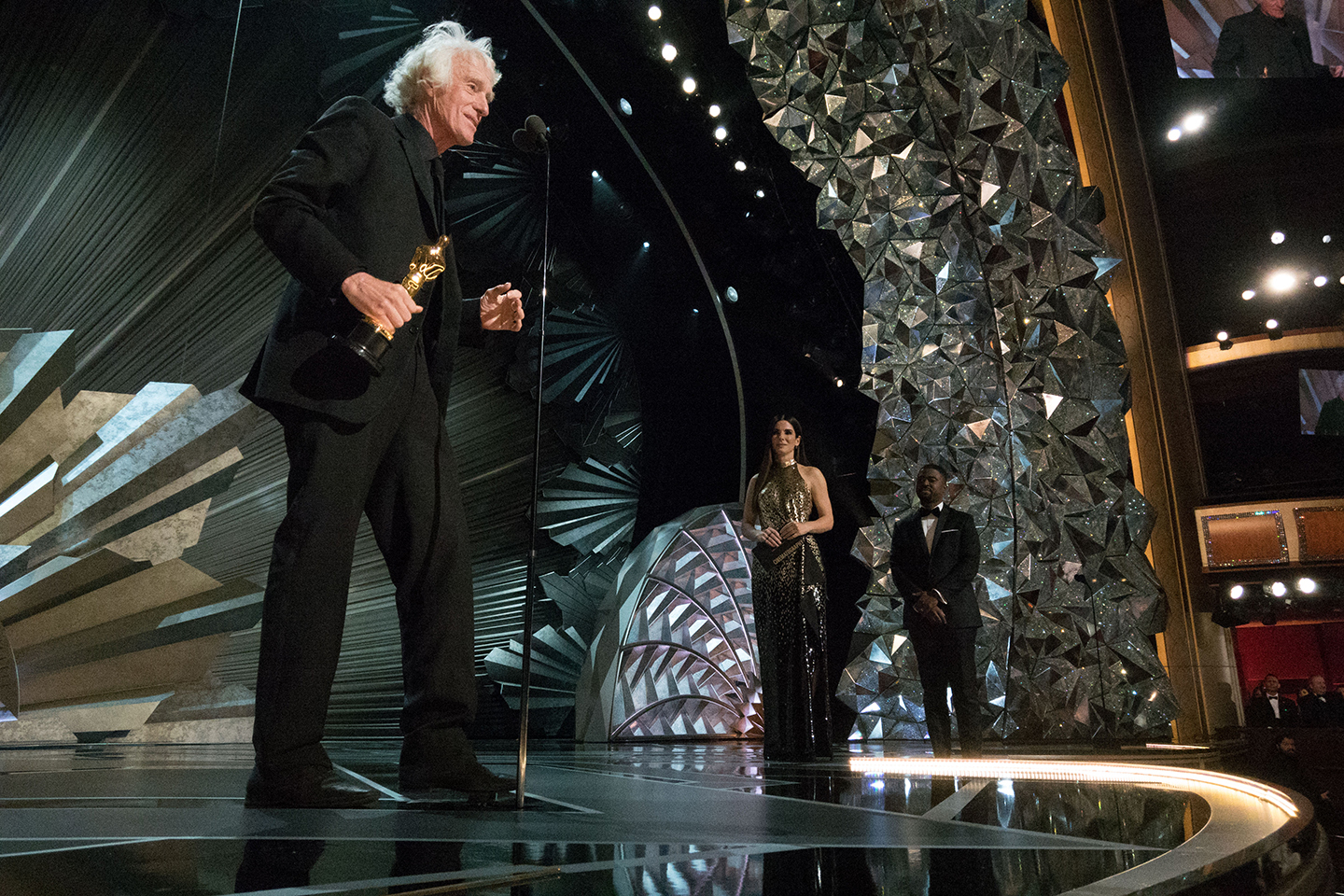
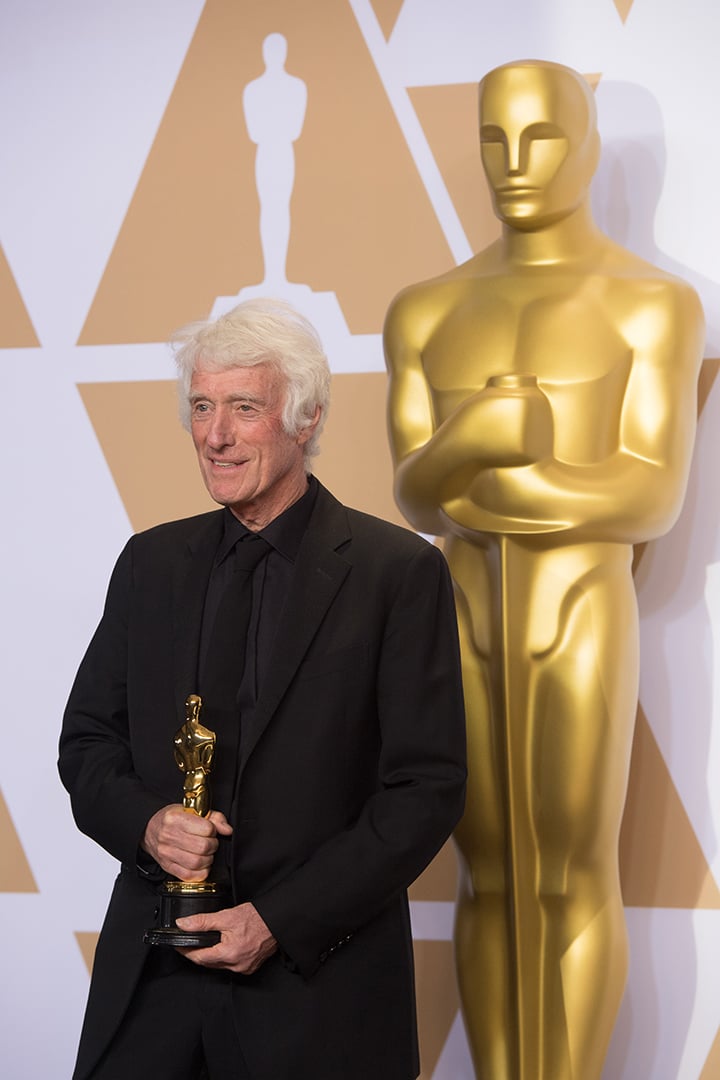
In the film, Officer K (Ryan Gosling), a new “blade runner” for the Los Angeles Police Department, unearths a long-buried secret that has the potential to plunge what’s left of society into chaos. His discovery leads him on a quest to find Rick Deckard (Harrison Ford), a former blade runner who has been missing for 30 years.
Noted Deakins in American Cinematographer’s December of 2017 cover story (download PDF here) on the making of the film:
“I thought it would be interesting if the interiors of this huge, monolithic building always had the feeling of moving sunlight. Some of those sets were very severe, just square walls with no windows or obvious light sources, so I looked for different ways to bring patterns of moving light into them. One architectural reference we liked used water as a ceiling piece to create a caustic light effect; we took that idea and embellished it. Two scenes in Wallace’s office — which is basically a platform surrounded by water in this big concrete box — were probably the most complicated bits of lighting.”
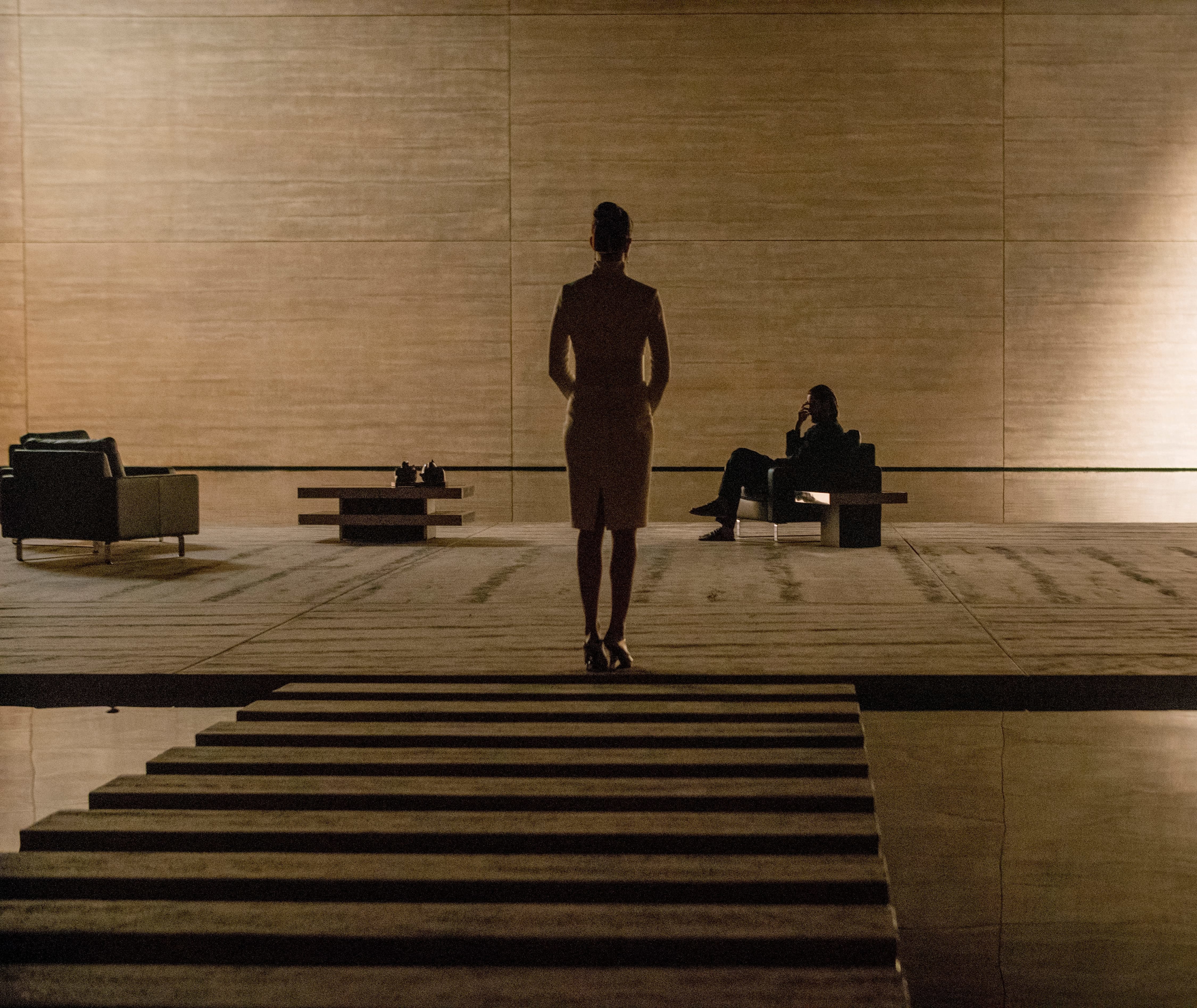
You'll learn more about the film's look in this interview with production designer Dennis Gassner, who previously collaborated with Deakins on the features Jarhead and Skyfall.
Deakins previously collaborated with director Denis Villeneuve on the thrillers Prisoners and Sicario.

Deakins was the featured guest and speaker at the ASC Clubhouse on November 8, 2017, during a Coffee & Conversation live Q&A event focusing on his work in the stylish sci-fi thriller. The event was moderated by filmmaker and AC contributor Jim Hemphill.

Acknowledging that Blade Runner 2049 was a project of far greater scale and ambition than either of his previous films with Villeneuve, Deakins nevertheless emphasized the need to keep things simple: to focus on character and emotion and let the lighting and framing follow appropriately. He began the afternoon by discussing his desire to let Blade Runner 2049 stand on its own, apart from Ridley Scott and Jordan Cronenweth, ASC’s work on the 1982 classic Blade Runner; for Deakins, the work of director Andrei Tarkovsky, particularly Solaris, was a greater influence on this sequel than the original Blade Runner, though he expressed great admiration for Cronenweth’s photography on that film.
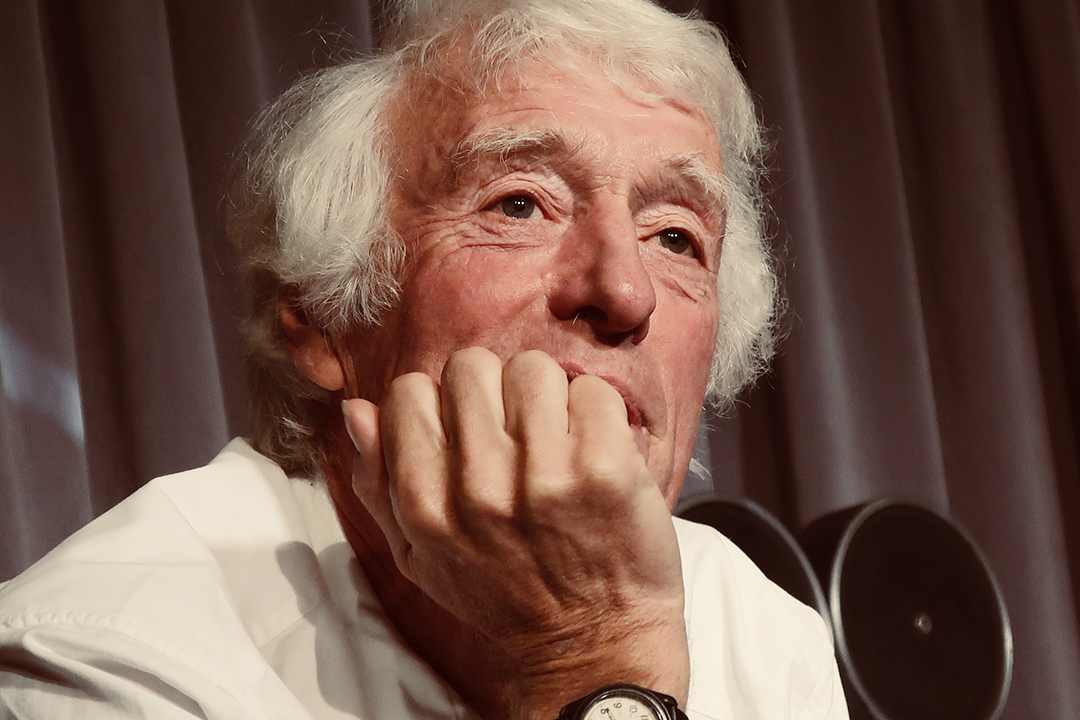
Deakins screened several clips from Blade Runner 2049, each of which he played twice so that during the second presentation he could talk throughout the footage, providing shot-by-shot commentary on his intentions and how he achieved them. He spoke about working with Villeneuve and production designer Dennis Gassner (see interview here) to integrate the lighting and sets; for example, an early scene was designed so that Ryan Gosling’s character would remain in silhouette, something that was accomplished as much through architecture as lighting. Deakins talked about achieving his color effects in camera rather than in post, a philosophy that extended to visual effects and other components of the visual style — wherever possible, he explained, he and Villeneuve sought to shoot everything practically in order to give greater detail and weight to the imagery. Deakins also talked about shooting with the Arri Alexa, on which he has shot all of his digital features, and discussed the bold palettes he applied to individual sequences.
Below is part one, but you can view our complete seven-part Blade Runner 2049 interview with Deakins here.
In 2011, Deakins was honored with the ASC Lifetime Achievement Award.
